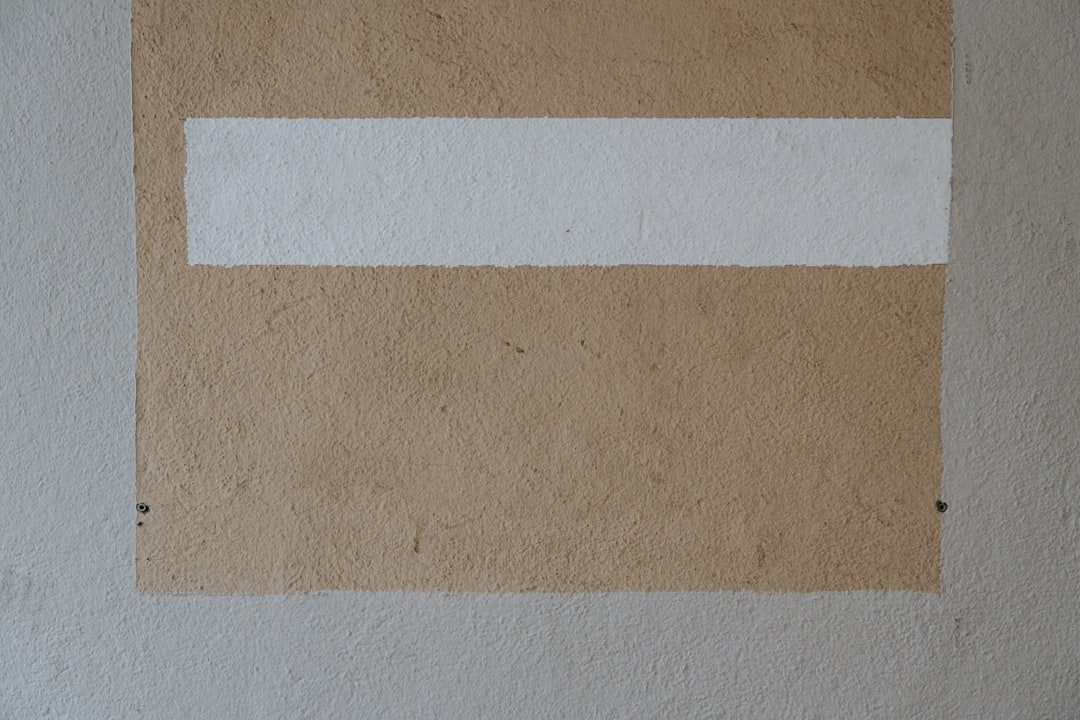Google Workspace is everywhere. From classrooms to corporate boardrooms, it’s the Swiss Army knife of productivity tools. Docs, Gmail, Drive, and more—all in one neat package. But one big question users ask is: “Is Google Workspace free from NSFW filters?”
TL;DR: Too Long, Didn’t Read
Google Workspace isn’t exactly “free” of NSFW (Not Safe For Work) filters. There are safety nets built into many of its tools. Some filters can be adjusted, but others are baked in by default, especially for schools and businesses. If you’re trying to fly under the radar with NSFW content, it’s not the place to do it.
First, What’s NSFW Anyway?
NSFW stands for “Not Safe For Work”. This usually means stuff like:
- Adult content or nudity
- Violent or graphic material
- Offensive or inappropriate language
These are things you wouldn’t want popping up during a company Zoom call or while presenting to your eighth-grade math class.
Google wants to keep its platforms safe and clean for all users. Especially kids and employees. So naturally, it has some systems in place to stop NSFW content.
What Exactly is Google Workspace?
If you’re new to it, here’s a super quick overview:
- Gmail – for sending emails
- Google Docs – like Word, but online
- Drive – your cloud hard drive
- Meet – video calls
- Calendar – keep your life together
- Chat – messaging with co-workers
These tools can be used by schools (Google Workspace for Education), businesses (Google Workspace for Business), and even individuals using Gmail and Docs.
So… Is There Filtering?
Yup. And lots of it. Google has built-in content moderation across its ecosystem. Here’s how it works across different apps:
Google Drive:
Upload images or documents with explicit content, and Google might flag it. Google’s systems use AI to detect NSFW material.

For example:
- Drive scans images to detect nudity or violence.
- If it finds something problematic, it might limit access.
- Accounts found sharing offensive content might be warned—or suspended.
This is especially strict in Education and Business domains. Admins can set extra guardrails, like blocking certain file types or keywords.
Gmail:
Gmail automatically filters spam and potentially harmful or inappropriate emails.
- Explicit emails might go straight to spam.
- It uses both AI and community reporting to label risks.
- Images in email are sometimes scanned before loading.
Trying to email that “hilarious” meme? It may get filtered if it looks suspicious or NSFW.
Google Docs:
This one is trickier. Docs doesn’t really “scan” your content for NSFW stuff in real time. But your account can still be flagged if it’s repeatedly used for inappropriate content.
Also worth noting, shared docs can be reported. So if someone shares a document with offensive material, anyone in the doc can report it. That sends it to Google for review.
Can I Turn NSFW Filters Off?
Not really. At least not entirely. Here’s why:
- On personal accounts, there’s a bit more freedom, but let’s not forget Google’s rules still apply.
- On school or business accounts, filters are often controlled by your admin. That’s the person who manages settings for your domain. You usually can’t change it yourself.
- Some systems like SafeSearch extend across all your Google activity, including Docs and Gmail, if managed by a central admin.
If you’re a student or employee, odds are your filters are locked in. Sorry!
Wait, What About Google Search?
Good question! Even though it’s outside Google Workspace, it’s often included in filtered environments.
For example:
- Admins can enable SafeSearch to block adult results.
- Searches for certain keywords might lead to a warning or no results at all.
- This affects what videos you can pull into Slides, what images show in Docs, etc.
So yes, filtering can ripple through your entire Google experience if you’re part of a managed account.
What Kind of Content Gets Flagged?
This can vary, but Google tends to block or flag:
- Pornographic images and videos
- Violent content (gore, abuse, etc.)
- Hate speech, bullying, or slurs
- Drugs or weapon-related content
Even memes or jokes can be problematic if they include those elements.
Here’s an example—imagine uploading a seemingly harmless joke image to Drive. If that image features nudity—even as a cartoon—Google’s AI might still flag it.

What Happens if I Break the Rules?
You could face:
- A warning from Google
- Restricted access to your Drive or Docs
- Account suspension
- Complete loss of services (in extreme cases)
If you’re part of a company or school, your admin might also step in. They can see certain activity, and some even get reports of policy violations.
Are There Safer Alternatives?
If you absolutely need to handle sensitive materials (legally and professionally, of course), you might want more flexible platforms.
- Dropbox: Less aggressive content moderation, but still has rules.
- Private local servers: Total control, but more risk and responsibility.
- Encrypted services: These are built around privacy and may avoid scanning altogether.
Just remember—even if a platform is “private,” you’re still often bound by laws and terms of service.
Final Thoughts
Google Workspace is a powerful suite built for productivity, collaboration, and yes—safety. NSFW filters are part of that package. They’re there to protect users, especially in school and work environments.
So, is it free from filters? Definitely not. But that’s a good thing for most people. Keeps the space clean, safe, and professional.
If you’re craving a filter-free zone for content creation or file storage, you may need to look elsewhere. Just don’t use your company Gmail for questionable uploads. Trust us. It’s not worth it.
Stay smart, and keep it safe online!


